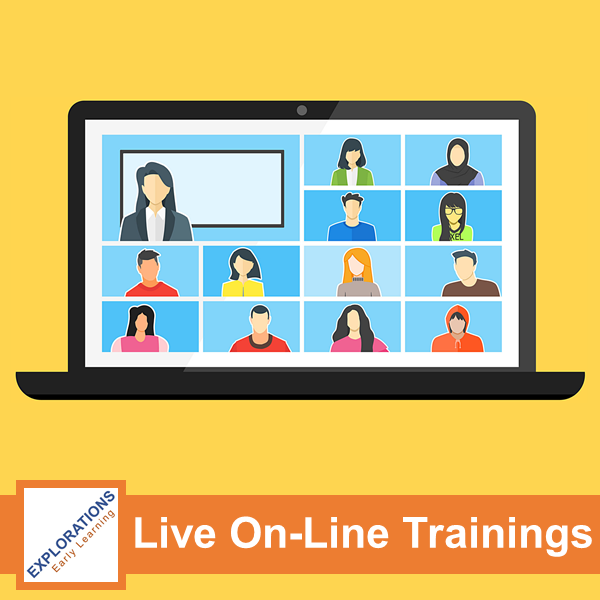
A program’s philosophy statement explains “what we believe” by outlining core principles and beliefs about children and early learning. Your Philosophy statement tells the world what you believe. A program’s policies, procedures, and daily practices should grow from the values outlined in its philosophy. While vision and mission statements should be succinct, philosophy statements should be as long and detailed as necessary.
Here are 4 tips for composing a sensational statement of philosophy.
Reference Your Mission
To ensure consistency, your program’s philosophy should build on its vision (“How we want the world to be.”) and mission (“Why we are here.”). For example, if your mission promotes play-based and child-led learning, your philosophy should expand and support those ideas. Your philosophy is a linchpin connecting those aspirational statements to the real-world daily happenings in the program. It’s where administrators and staff will (or at least should) look to determine how to proceed when new situations arise. For more on continuity, check out this Programming Consistency Hierarchy.
Share Your Principles
The heavy lifting in creating your philosophy statement revolves around knowing what you believe. Whether you’re composing a statement for a small family child care program, a large child care center, or preschool, this statement spells out the principles that should guide every action throughout every day of operation. Don’t copy and paste your philosophy statements from another program. Spend some time reflecting and pen something unique to your program. This process is less taxing if you devote time to creating solid vision and mission statements. This step should not be rushed.
Cite Your Sources
Referencing sources related to the principles outlined in your philosophy statement does two critical things. First, it shows readers your beliefs are more than fluff. It shows they are based on the research and thinking of experts in the field. Second, citing your sources in your philosophy statement assures that information is close at hand whenever needed. This is convenient for situations where people might want to dig deeper into your program’s beliefs, for example, onboarding new staff, parent education, and grant writing.
If Vygotsky’s zone of proximal development and Maslow’s hierarchy of needs are essential to you, drop those names and link to information about those concepts. If you’ve settled on Peter Gray’s 5 conditions of play as your working definition of play, make that known.
Format Your Information
Since your mission statement could be long and detailed, how you format it is essential. You want this statement to be user-friendly. The goal is for it to look and be easily read and understood. Use simple language and declarative sentences. Avoid jargon and long paragraphs. Consider using bullet points or numbered lists to break up the content.
How you handle those citations mentioned above is also crucial. They can appear as hyperlinks if your mission statement is accessed digitally. These links could go to content on your website or to outside information. Footnotes are an option for printed documents. You could also place them in an appendix at the end of the document. This might be the best option since numerous footnotes under your philosophy statement may intimidate some readers. The goal is to make the information available without making it intrusive.
Philosophy Statement Wrap-Up
These tips should prove helpful whether you’re starting from scratch or updating an existing philosophy statement. Getting this statement right–ensuring it sufficiently covers your principles and beliefs–simplifies the creation of policies and procedures and day-to-day program practices. A well-crafted philosophy statement becomes a resource your team can reference as needed when you’re unsure how to proceed.
Contribute content to Playvolution HQ
Brought to you by Explorations Early Learning
Browse Trainings
Post Author
Jeff Johnson is an early learning trainer, podcaster, and author who founded Explorations Early Learning, Playvolution HQ, and Play Haven.


Leave a Reply